One of the trickiest aspects of writing music is pacing. Good pacing happens when the sounds do the perfect thing at the perfect moment. Because musicians often practice and perfect minute details of surface rhythms, melodies, harmony, motifs, and so on, they must be careful to not overlook the big picture events. I struggle with this as well in my composing--after finessing ten seconds of music for over an hour, I tend to view everything at a microscopic level. But when I take a day to step back and precisely place the sounds where they need to be, it is magical.
I'll be back with my thoughts and methods in pacing my music another day, but today I want to simply reflect on good pacing. Great orchestration is often the result of pacing. Maurice Ravel and Claude Debussy, both excellent and visionary orchestrators, knew the right time to bring an instrument in or take an instrument out. They also knew how to bring a new sound in or out: Should the performer play suddenly or should they softly enter in from the texture? And they knew which sound should come in or drop out at the perfect time: I recall in particular the celestial violin note in La mer that backs the last iteration of the melody before the the exhilarating lunge to the finish. It is the right sound that enters the right way at the right time. The good performer will take the opportunity and run with it, and the good composer will not miss an opportunity to make as many of these special moments as possible.
More thoughts on this later, but if you're in the Phoenix area, be sure to come hear Julia Lougheed's concert that includes my piece Stone in Hand, performed by her, Charlotte Ethington, and Andrew Lineweaver!

